What is AI TRiSM
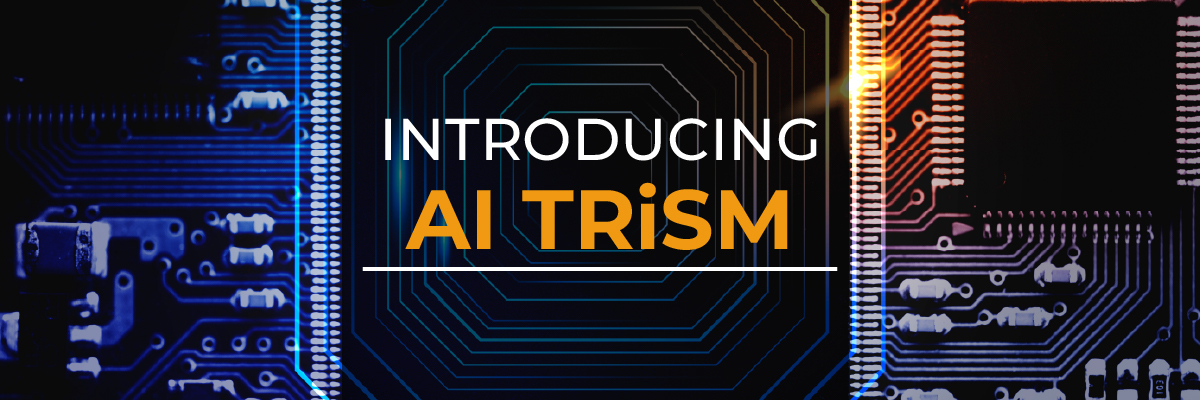
What is AI Trust, Risk and Security Management
(AI TRiSM)
In the rapidly evolving landscape of artificial intelligence (AI), the integration of AI technologies across various domains necessitates a dedicated focus on trust, risk, and security management. The emergence of AI Trust, Risk, and Security Management (AI TRiSM) signifies the imperative to ensure responsible and secure AI deployment.
This blog explores the multifaceted realm of AI TRiSM, delving into the complexities of building trust in AI systems, mitigating associated risks, and safeguarding against security threats. By examining real-world examples, case studies, and industry best practices, we aim to provide insights into strategies that organizations can adopt to navigate the delicate balance between harnessing AI’s benefits and mitigating its inherent risks.
As we explore future trends and challenges in AI TRiSM, the blog seeks to equip readers with the knowledge necessary for the ethical, secure, and trustworthy implementation of AI technologies in our interconnected world.
AI Trust Management
In artificial intelligence (AI), trust is a foundational element crucial for widespread acceptance and ethical deployment. AI Trust Management (AI TM) involves cultivating confidence in AI systems through transparency, accountability, and fairness. Transparency in AI algorithms ensures that their operations are understandable, reducing the “black box” perception. Accountability emphasizes the responsibility of developers and organizations to ensure the ethical use of AI.
Addressing biases and promoting fairness in AI outcomes are essential aspects of trust management. Real-world case studies demonstrating successful AI trust management implementations offer valuable insights into building trust in AI systems. By prioritizing transparency, accountability, and fairness, AI Trust Management aims to foster confidence in AI technologies, promoting responsible and ethical deployment across diverse applications.
AI Risk Management
The integration of artificial intelligence (AI) introduces a spectrum of risks that organizations must proactively identify, assess, and mitigate. AI Risk Management involves a comprehensive approach to navigating potential challenges associated with AI deployment. Identifying risks, such as data privacy breaches, legal and regulatory non-compliance, and operational vulnerabilities, is a crucial first step. Strategies for assessing and mitigating these risks include robust testing, continuous monitoring, and implementing contingency plans.
Real-world examples underscore the consequences of inadequate AI risk management, emphasizing the need for organizations to stay vigilant in the face of evolving threats. By implementing rigorous risk management practices, organizations can foster resilience and ensure the responsible and secure integration of AI technologies into their operations.
AI Security Management
As artificial intelligence (AI) continues to permeate diverse sectors, the importance of robust AI Security Management cannot be overstated. AI Security Management addresses a range of concerns, including cybersecurity threats, adversarial attacks, and vulnerabilities in AI models. Recognizing the dynamic nature of these risks, security measures encompass a secure development lifecycle for AI, access controls, authentication protocols, and encryption for safeguarding sensitive data.
By implementing best practices in AI security, organizations can fortify their defenses, ensuring the confidentiality, integrity, and availability of AI systems in the face of evolving threats. AI Security Management stands as a cornerstone for the responsible and secure advancement of AI technologies across industries.
Integrating AI TRiSM into Business Strategies
Effectively incorporating AI Trust, Risk, and Security Management (AI TRiSM) into business strategies is paramount for organizations seeking to harness the benefits of artificial intelligence (AI) while mitigating associated risks. This section explores the pivotal role of AI TRiSM in enhancing overall business resilience.
Aligning AI TRiSM with the entire AI development lifecycle ensures that trust, risk, and security considerations are integrated from the initial stages of AI project planning to deployment and ongoing monitoring. By embedding these principles into the fabric of business strategies, organizations can create a culture of responsible AI development.
Moreover, recognizing the interconnectedness of AI TRiSM with broader enterprise risk management practices is crucial. This alignment enables organizations to holistically assess and address risks related to AI, integrating them into the larger risk mitigation framework.
Strategic deployment of AI TRiSM involves collaboration across various organizational functions, fostering communication between data scientists, cybersecurity experts, legal teams, and business leaders. Establishing multidisciplinary teams ensures a comprehensive understanding of potential risks and effective implementation of mitigation strategies.
Furthermore, organizations should consider AI TRiSM as an integral component of their ethical frameworks, corporate governance, and compliance initiatives. This not only instills trust among stakeholders but also positions the organization as a responsible AI innovator.
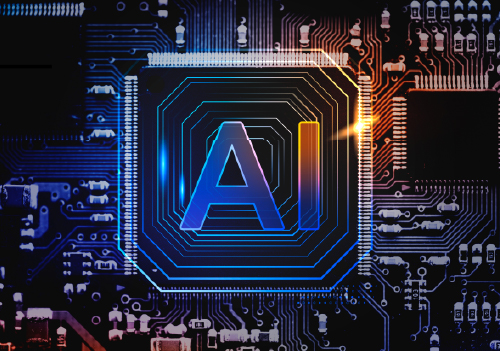 Future Trends and Challenges in AI TRiSM
Future Trends and Challenges in AI TRiSM
As the landscape of artificial intelligence (AI) continues to evolve, the field of AI Trust, Risk, and Security Management (AI TRiSM) faces emerging trends and challenges that shape its trajectory. This section explores what lies ahead in the dynamic world of AI TRiSM.
Emerging Trends:
- Explainability and Interpretability Advances: Future AI systems are likely to see advancements in explainability and interpretability, addressing the need for transparent decision-making. Improved methods for understanding and interpreting AI models will contribute to building trust.
- Ethical AI Certification: The development of standardized frameworks for certifying the ethical use of AI systems is expected to gain traction. Certification programs may help establish a benchmark for responsible AI practices and enhance trust among users.
- AI-powered Security Solutions: With the increasing sophistication of cyber threats, AI-driven security solutions will become more prevalent. AI algorithms will play a pivotal role in detecting and mitigating evolving security risks, offering a proactive approach to safeguarding AI systems.
- Global Regulatory Frameworks: Anticipated developments in global regulatory frameworks for AI will likely impact AI TRiSM. Harmonizing standards and regulations across regions will be crucial for organizations operating in the global AI landscape.
Challenges:
- Adversarial AI Threats: As AI systems become more prevalent, adversaries may develop sophisticated techniques to manipulate or deceive AI algorithms. Safeguarding against adversarial attacks poses a persistent challenge for AI TRiSM.
- Data Privacy Concerns: The increasing scrutiny of data privacy and protection will continue to be a significant challenge. Ensuring that AI applications adhere to evolving data privacy regulations poses a constant hurdle for organizations.
- Bias Mitigation Complexity: Despite efforts to mitigate bias in AI systems, achieving complete fairness remains challenging. As AI models become more complex, addressing and eliminating biases in various contexts will require ongoing research and innovation.
- Dynamic Regulatory Landscape: Rapid advancements in AI technologies may outpace the development of regulatory frameworks, creating uncertainties. Adapting AI TRiSM practices to dynamic and evolving regulations will be a continual challenge for organizations.
Conclusion
AI Trust, Risk, and Security Management (AI TRiSM) emerge as critical pillars for organizations embracing new-age technologies like AI. At the forefront of innovation, Protected Harbor recognizes the foundational importance of fostering trust, managing risks, and securing AI systems. The principles of transparency, accountability, and fairness underscore a commitment to responsible AI deployment. As we navigate future trends and challenges, the imperative is clear: staying informed, adaptive, and committed to ethical AI practices is key for organizations aiming to thrive in the dynamic world of AI.
Explore how Protected Harbor can empower your business in the era of AI by implementing cutting-edge strategies – a journey towards responsible and innovative AI adoption. Contact us today!





 The certification for SOC 2 comes from an independent auditing procedure that ensures IT service providers securely manage data to protect the interests of an organization and the privacy of its clients. For security-conscious businesses, SOC 2 compliance is a minimal requirement when considering a Software as a Service (SaaS) provider. Developed by the American Institute of CPAs (AICPA), SOC 2 defines criteria for managing customer data based on five “trust service principles” – security, availability, processing integrity, confidentiality, and privacy.
The certification for SOC 2 comes from an independent auditing procedure that ensures IT service providers securely manage data to protect the interests of an organization and the privacy of its clients. For security-conscious businesses, SOC 2 compliance is a minimal requirement when considering a Software as a Service (SaaS) provider. Developed by the American Institute of CPAs (AICPA), SOC 2 defines criteria for managing customer data based on five “trust service principles” – security, availability, processing integrity, confidentiality, and privacy.

 However, during the outage, users encountered various issues such as being logged out of their Facebook accounts and experiencing problems refreshing their Instagram feeds. Additionally, Threads, an app developed by Meta, experienced a complete shutdown, displaying error messages upon launch.
However, during the outage, users encountered various issues such as being logged out of their Facebook accounts and experiencing problems refreshing their Instagram feeds. Additionally, Threads, an app developed by Meta, experienced a complete shutdown, displaying error messages upon launch.

 4. Quantum Computing’s Quantum Leap
4. Quantum Computing’s Quantum Leap

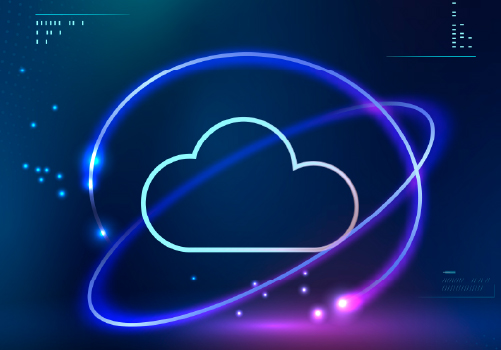 5. Design the Architecture
5. Design the Architecture



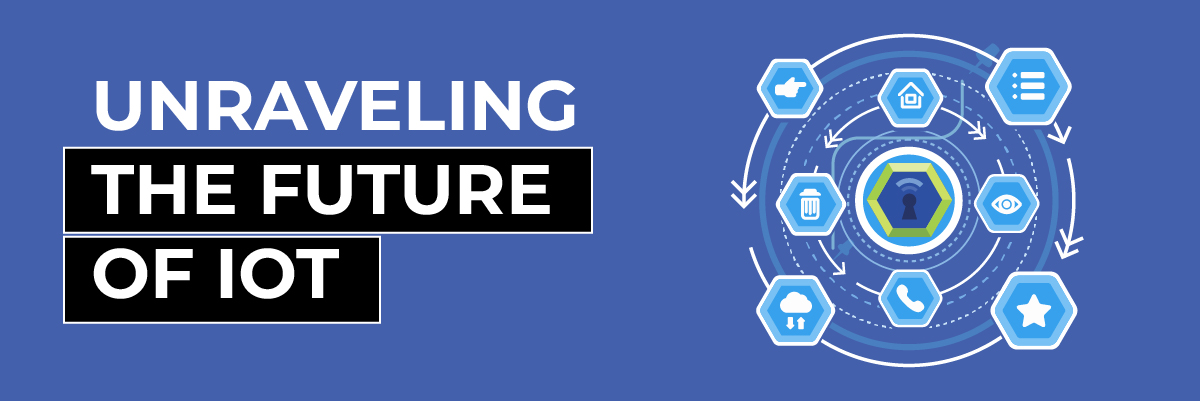
 Advancements in IoT Technology
Advancements in IoT Technology

 Common Examples of IOCs
Common Examples of IOCs

 3. Simpler Case Management
3. Simpler Case Management
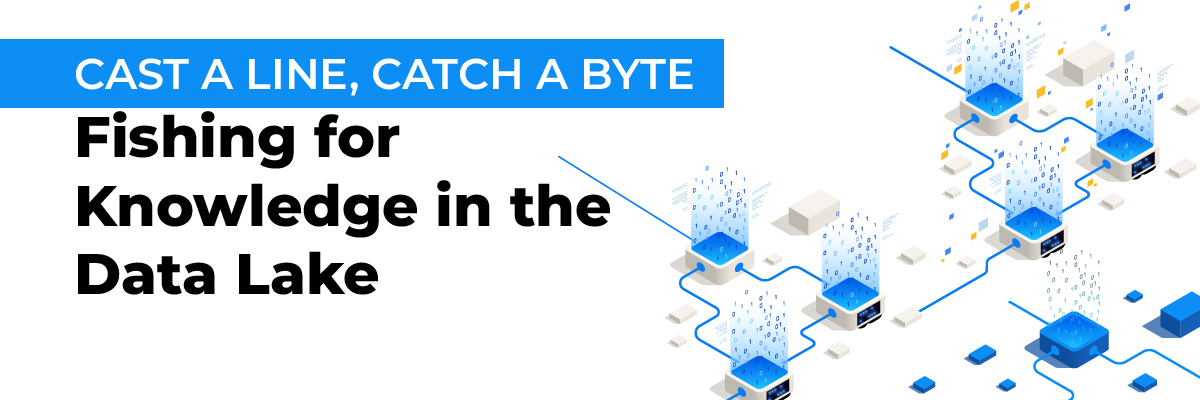
 Let’s dive into a real-world scenario. EComPro (ECP), a high-volume e-commerce company, services hundreds of thousands of online orders per day. Their main transaction processing system is backed by a finely tuned, high performance OLTP database on MySQL. MySQL has change data capture configured, which streams data changes in real time to EComPro’s data lake in Amazon’s Simple Storage Service (S3). A rapidly expanding organization, EComPro runs distribution centers all over the country. These distribution centers are equipped with all types of network-enabled sensors- temperature sensors, weighing stations, x-ray machines, even radiation dosimeters. All of these sensors output logs in either CSV or text files daily, which get uploaded to S3.
Let’s dive into a real-world scenario. EComPro (ECP), a high-volume e-commerce company, services hundreds of thousands of online orders per day. Their main transaction processing system is backed by a finely tuned, high performance OLTP database on MySQL. MySQL has change data capture configured, which streams data changes in real time to EComPro’s data lake in Amazon’s Simple Storage Service (S3). A rapidly expanding organization, EComPro runs distribution centers all over the country. These distribution centers are equipped with all types of network-enabled sensors- temperature sensors, weighing stations, x-ray machines, even radiation dosimeters. All of these sensors output logs in either CSV or text files daily, which get uploaded to S3.